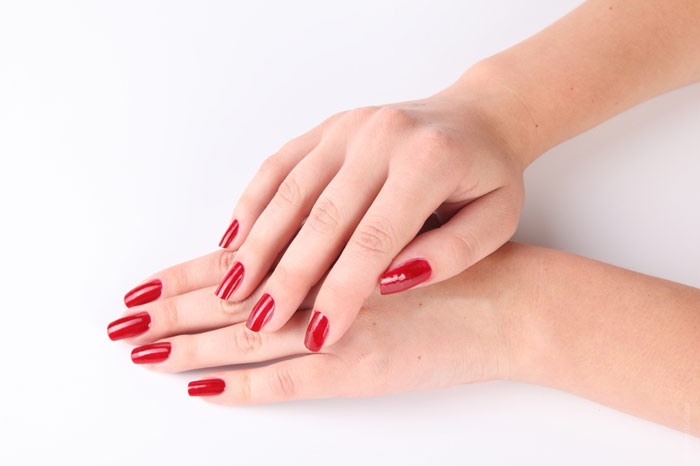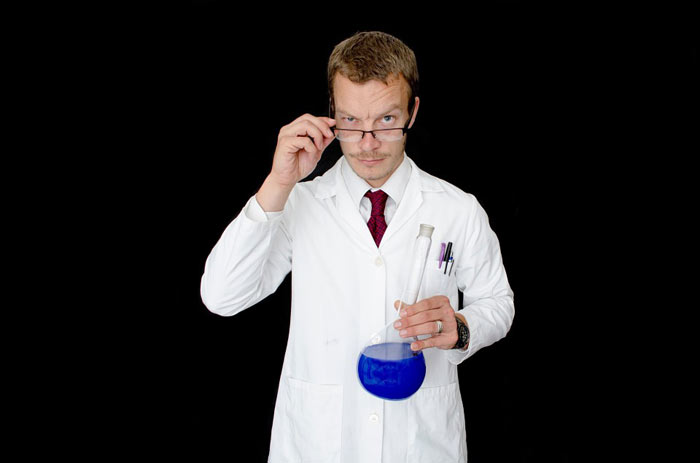 Everything is in blossom, and it is still pleasant to spend time outdoors until the heat has come. Now you are probably thinking about increasing your walking time to get more vitamin D. But before you go to the park, think about whether you know enough about skin cancer, and how suitable your protective equipment is for the dangerous summer sun.
Everything is in blossom, and it is still pleasant to spend time outdoors until the heat has come. Now you are probably thinking about increasing your walking time to get more vitamin D. But before you go to the park, think about whether you know enough about skin cancer, and how suitable your protective equipment is for the dangerous summer sun.
Sunburn is not a good reaction to the sun at all
Although sunburn seems to be a favorable result of sun exposure, and it is much better than a burn, it still is an indicator of UV damage to the skin. Some people think that this is the body’s way of protecting itself from further burns, but the UV rays have already made their way to the inner layer to cause such a reaction, which means they have caused damage.
Those who are preparing for a sunny vacation and are tempted to use a solarium should know that the risk of developing basal cell carcinoma before reaching the age of 40 increases by 69% if a person had an experience of artificial sunburn. Unfortunately, according to statistics, you have a much better chance of getting skin cancer due to the solarium than lung cancer due to smoking.
Skin cancer is the most common type of the disease
It must be because of the obsession with an even tan, adopted in several cultures, as well as the accumulated damage from the sun, that this type of cancer is so common. Fortunately, not every type is fatal. In total, there are three subspecies of skin cancer, differing in the layer in which it occurs: basal-cell, planocellular, and melanoma. The first two are easily diagnosed and treated, but melanoma tends to develop rapidly and carry out irreversible changes.
Coefficients are growing
Despite the fact that other types of cancer have reduced their incidence in developed countries, the number of cases of skin cancer is steadily increasing. The disease becomes so widespread that there is a theory that every fifth inhabitant of the United States will have developed skin cancer by the age of 70. Of course, there are certain factors for this, but one of them is that damage from the sun has the property of accumulating.
It is necessary to apply sunscreen at any time, regardless of the degree of sunshine
Most of us use sunscreen only on the beach, although it would be logical to apply SPF every time you need to spend a lot of time in the sun. For ultraviolet rays, about 15 minutes is enough to cause serious damage. This is much less than what you need for a walk or to work in the garden. Another serious misconception is that sunscreen protection is needed only on hot sunny days. Remember that ultraviolet radiation does not decrease because of the cloud cover, and it is still very high even in the winter season.
Everyone is susceptible to skin cancer, and not always the way you expect
Certain factors like pigmentation and genetics, of course, have a major influence on the likelihood of developing skin cancer, but no one can be completely sure of being protected. As for the location, skin cancer can manifest itself in unexpected places. Yes, most manifestations can be seen on the upper part of the body, but the subungual areas, eyes or feet are under threat as well.
What to do
The good news is that anyone can do everything possible to reduce the risk of the disease.
1. Protect yourself from UV
Sunscreen is probably the first thing that comes to mind when someone talks about UV protection, and this is where to start. Use SPF 15 at the very least and apply it anytime when you are exposed to radiation – even before applying the gel manicure. This will help reduce the risk of planocellular carcinoma by about 40%. Although you must protect yourself from the sun anytime, it makes sense to track the local UV index. It will help you remember when it’s worth taking a closer look at your protection. Also, do not forget to cover your skin with clothing or a special summer umbrella.
2. Test yourself
The US healthcare system has a handy “A-B-C-D-E” reminder for cancer identification.
- A – Asymmetrical: is it a round flat spot? If you draw a line in the middle, will both sides coincide?
- B – Border: smooth borders?
- C – Color: Is the color uniform? Does it contain other spots?
- D – Diameter: a mole or a spot smaller than a pea?
- E – Evolving: does it stay on the body after a few weeks? If the answer to any of these questions is negative, you should definitely consult a dermatologist.
3. Do not forget about regular check-ups
It will not be unnecessary to plan an annual visit to a dermatologist, especially if you have one of the key risk factors – whether it’s genetics or just staying outside for a long time. In some cases, it will take many years for cancer manifestations to become a serious problem, but then the disease can develop very quickly. Regular inspections will help save your life – it means much more than an hour of your time.








